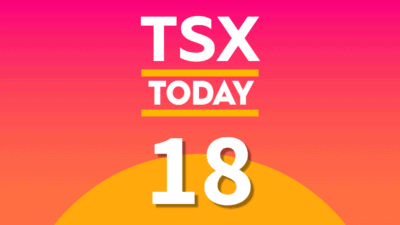Each year, studies are done by organizations that compare the price of mobile services across a number of industrialized countries. And in nearly every report, those studies show that Canadians are paying too much for wireless service.
A recent report from the Canadian Radio-Television and Telecommunications Commission (CRTC) revealed that once again, we are paying more than our peers in other G7 countries. In some cases, the differences are significant.
The average price for 150 minutes of wireless service costs $41.08 in Canada, whereas subscribers in Germany pay a paltry $17.15 for the same service. Data and phone plans didn’t fare much better either. One GB of data bundled with 1,200 minutes costs nearly $75 here in Canada, whereas in the U.K. that same service costs a few pennies over $30.
Part of the problem we face in Canada is competition or, more specifically, a lack of it. Canada’s Big Three telecoms have the lion’s share of the market and keep prices and margins for wireless service and data high.
And this is precisely the sweet spot that Shaw Communications Inc. (TSX:SJR.B)(NYSE:SJR) is targeting.
Shaw’s entry into the mobile landscape
Late last year, Shaw purchased Wind Mobile in a massive deal worth $1.6 billion. This purchase finally gave Shaw the wireless network it has wanted for years. Shaw tried to launch a mobile network back in 2011, but sold the acquired spectrum to Rogers Communications Inc. just two years later.
Toronto-based Wind had just shy of one million subscribers with service in Alberta, British Columbia, and Ontario. Wind’s unique business model drew praise, as the carrier’s no-contract offerings and lower price points meant that consumers finally had an alternative to the Big Three.
The only problem was that Wind was arguably held back from expanding further because the company lacked the necessary funding to continue expanding the network.
And this is precisely where the opportunity comes into play for Shaw.
Shaw is making the necessary investments to upgrade and expand Wind’s network. At the time of the acquisition, Wind had secured $425 million in financing to upgrade the existing 3G network to LTE. Shaw not only committed to completing this, but also noted that LTE service will be available across the network toward the end of 2017, and that the company would continue to build out the network to become a true national competitor.
Even better, Shaw noted that Wind’s popular no-contract model and lower price points would remain in place to the delight of consumers.
What this means for Shaw and investors
Shaw sees the potential growth prospects in a fully developed, national wireless network and is focusing the company on achieving that goal. Earlier this year Shaw became a pure-play telecom by selling the Shaw Media Inc. segment to Corus Entertainment Inc. in a $2.65 billion deal.
Shaw is roughly on par with the Big Three in terms of earnings and pays a monthly dividend of $0.10 per share, which gives the stock a very impressive 4.50% yield given the current stock price of $26.
In my opinion, Shaw represents a unique long-term opportunity for investors. Shaw’s expected entry into the wireless market as a national player, particularly if price points stay the same, should be disruptive enough for Shaw to lure customers away from the competition.







